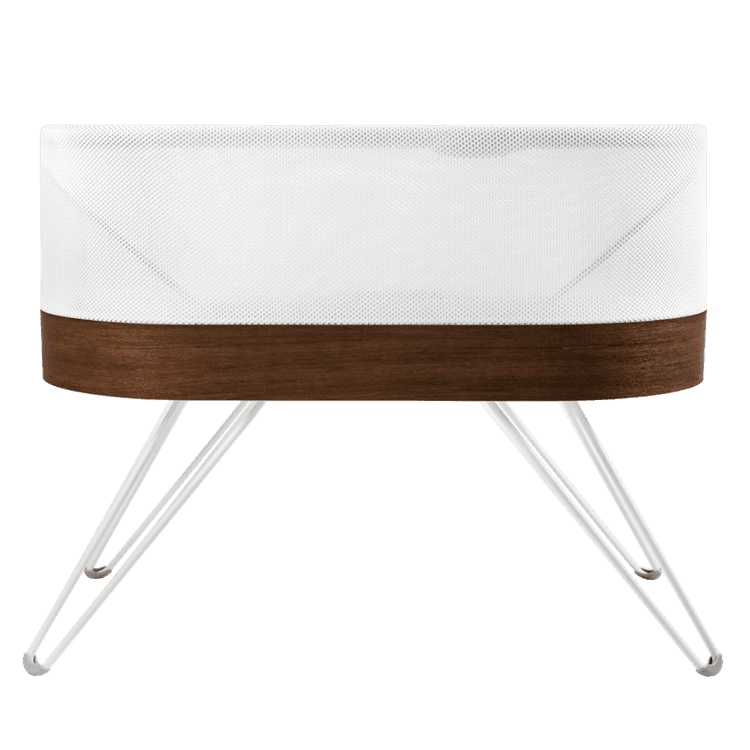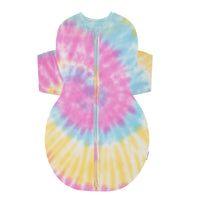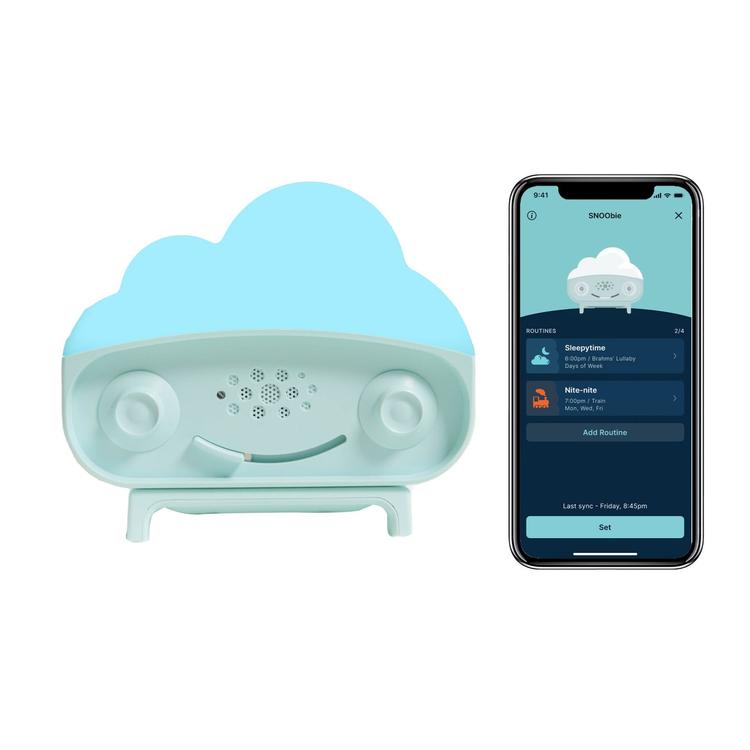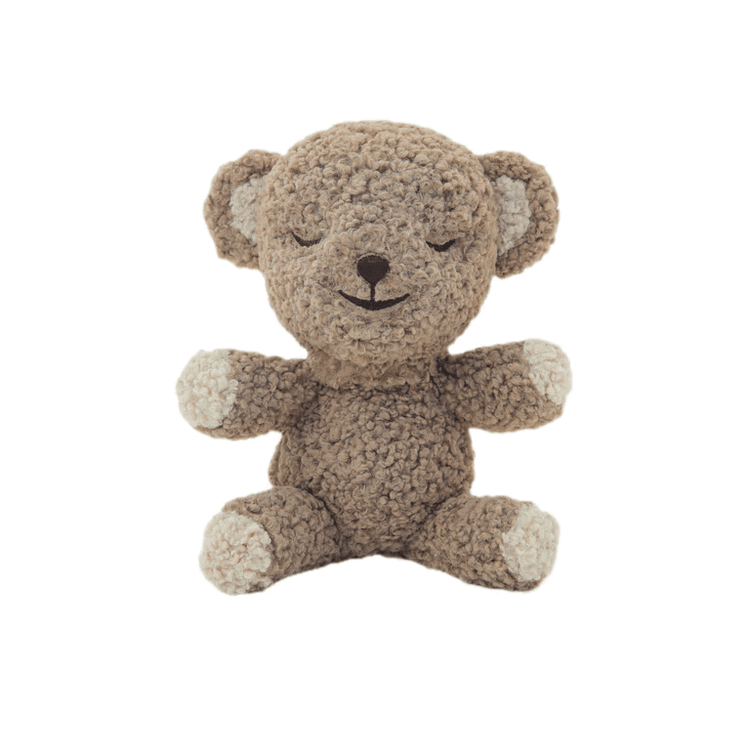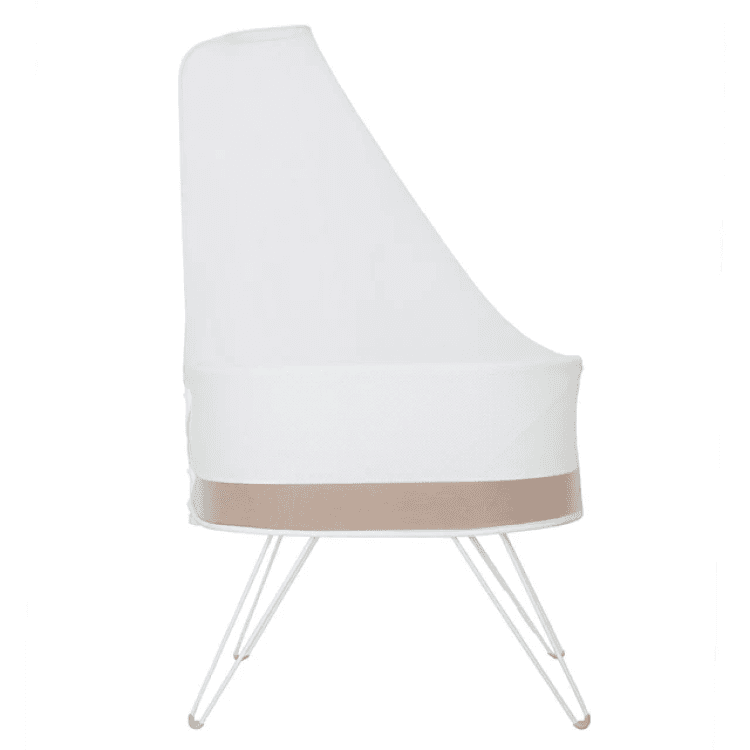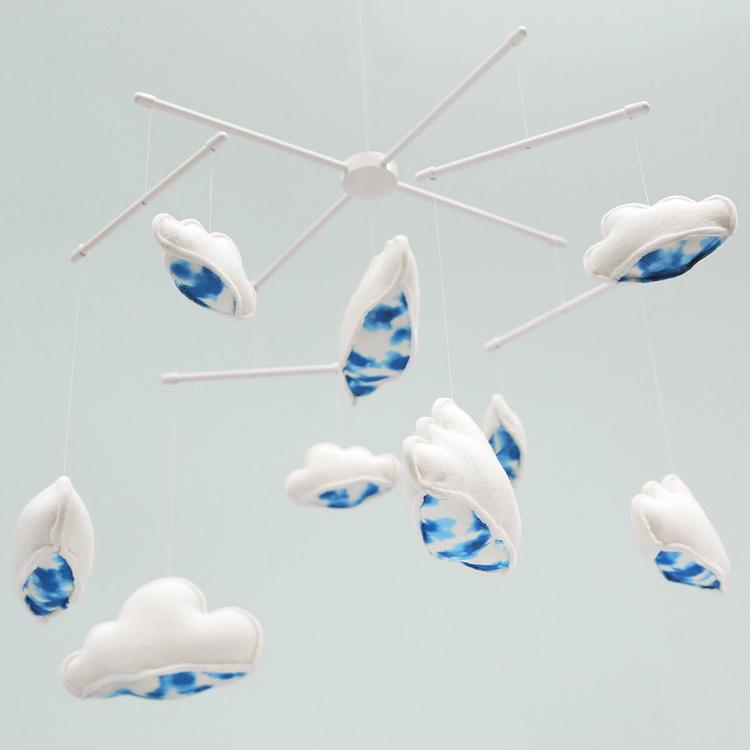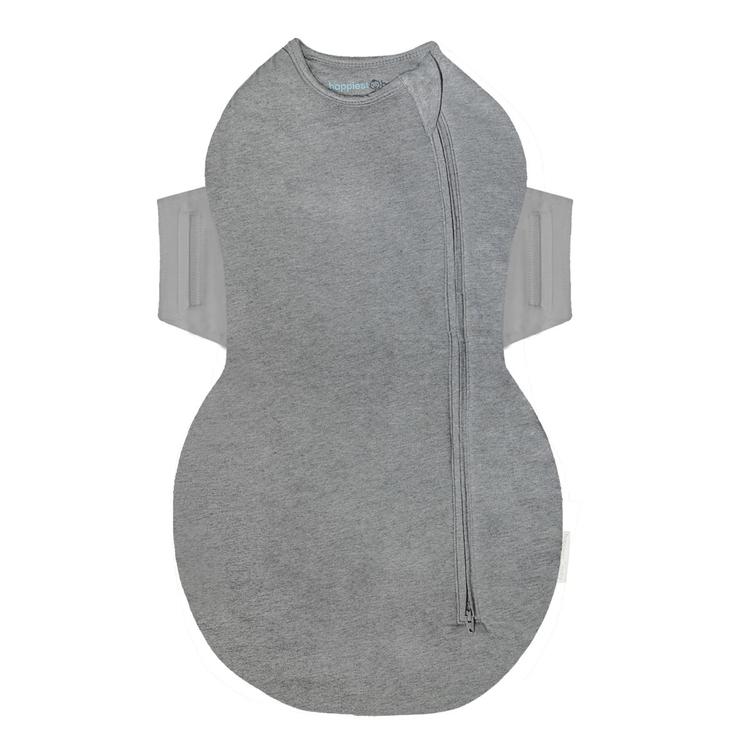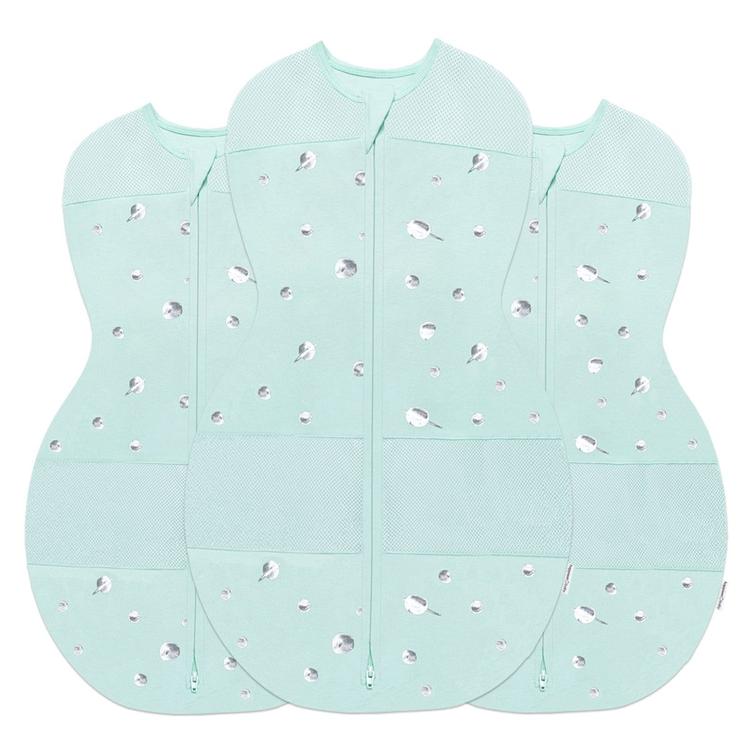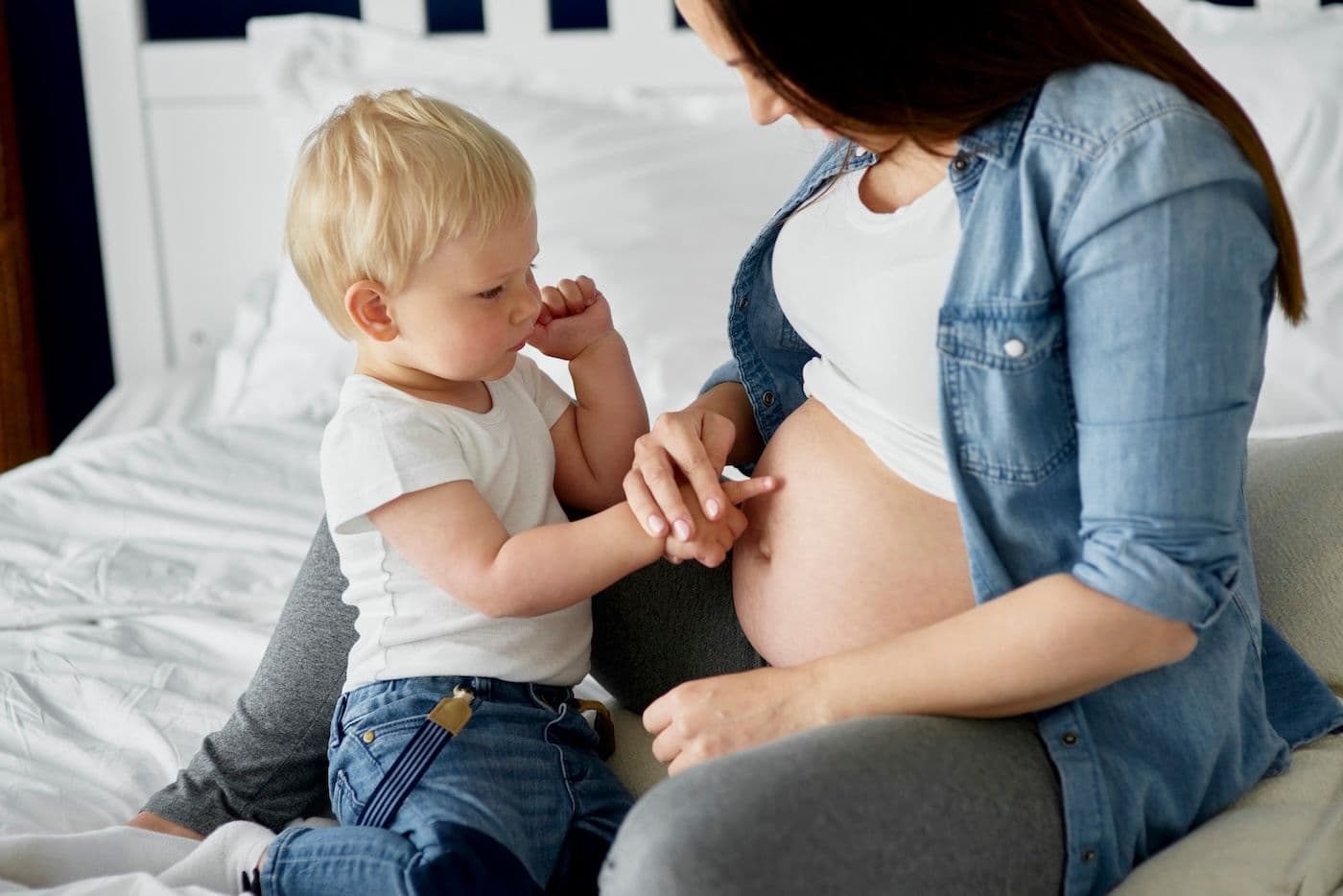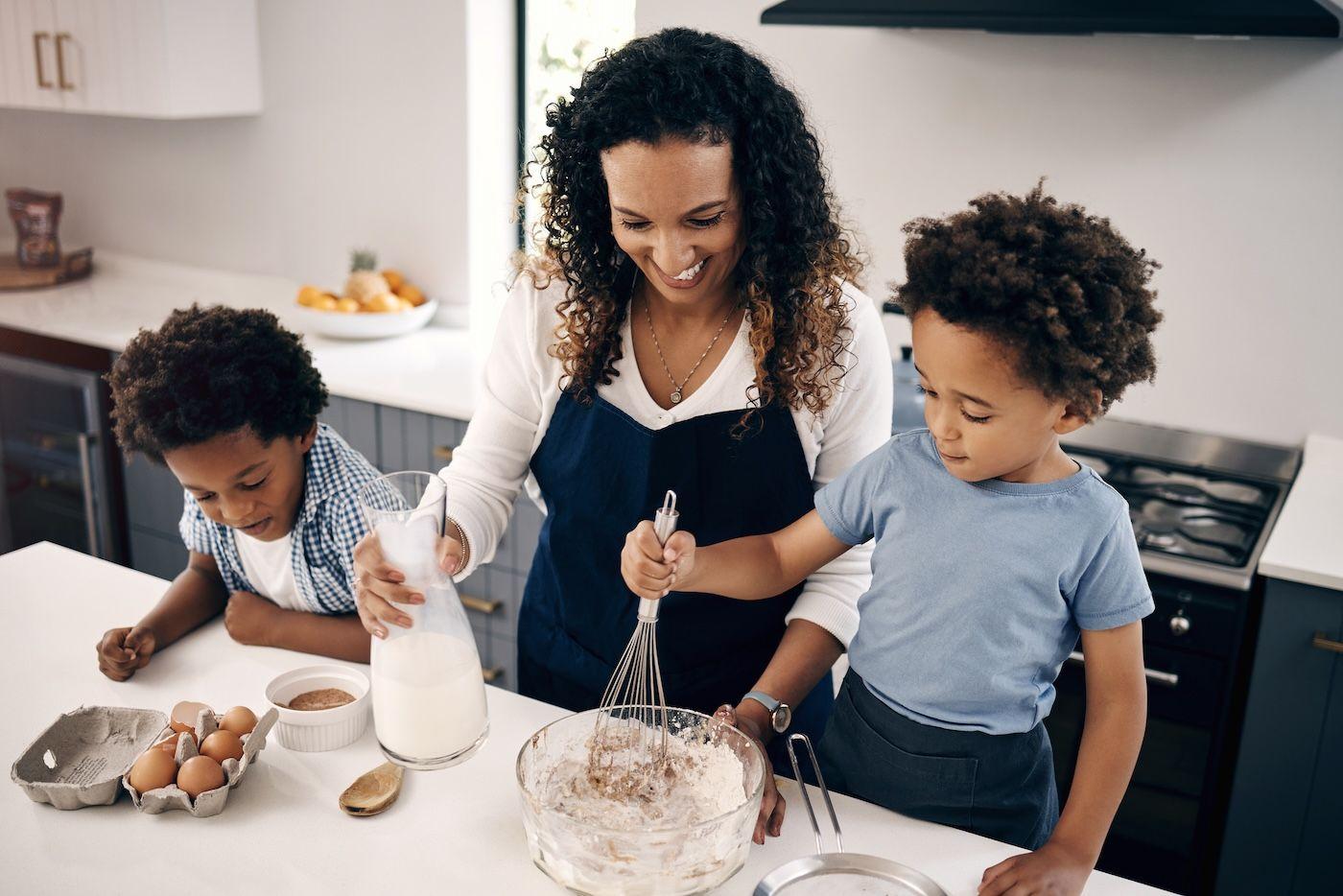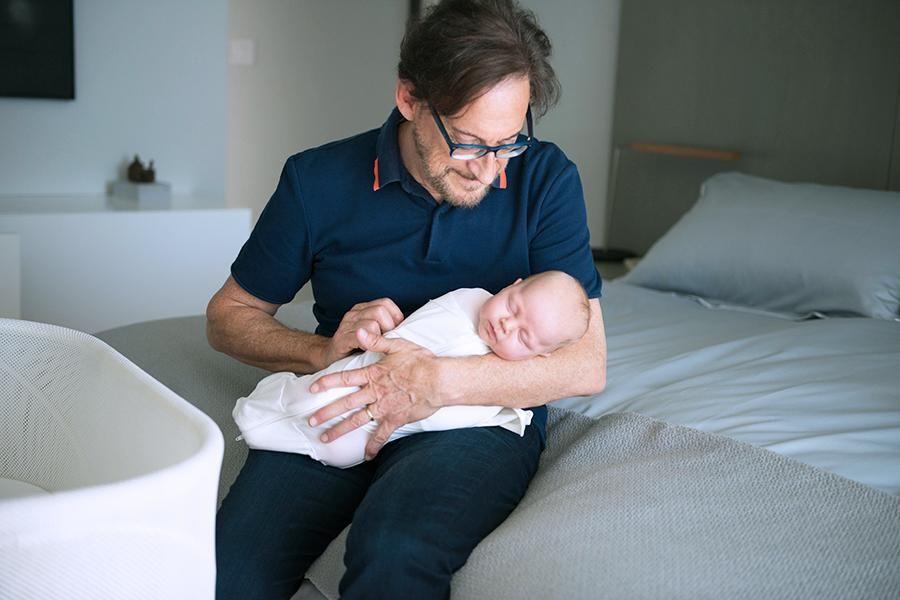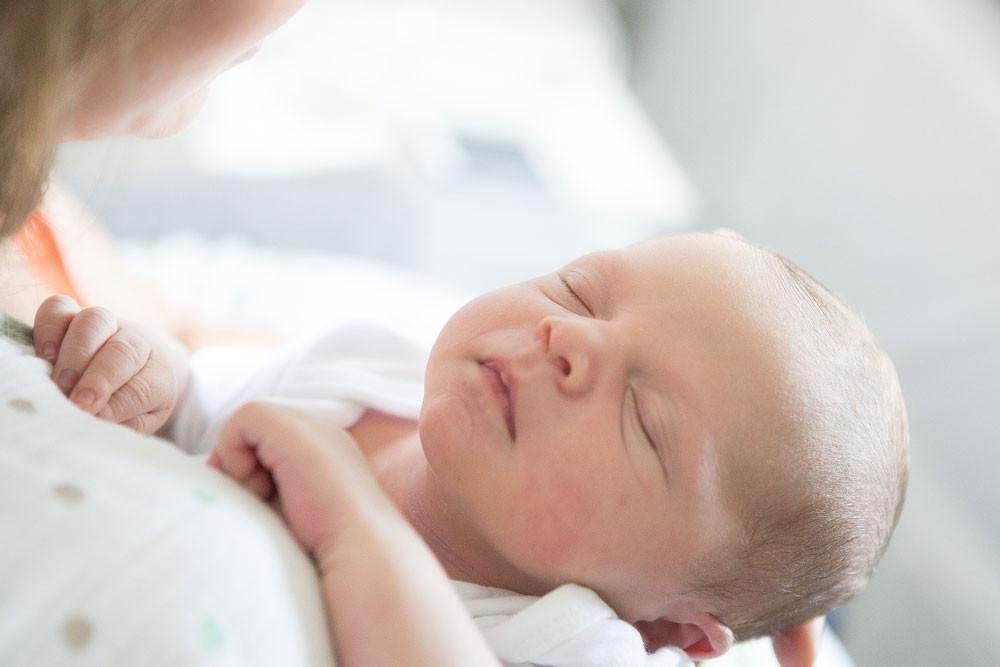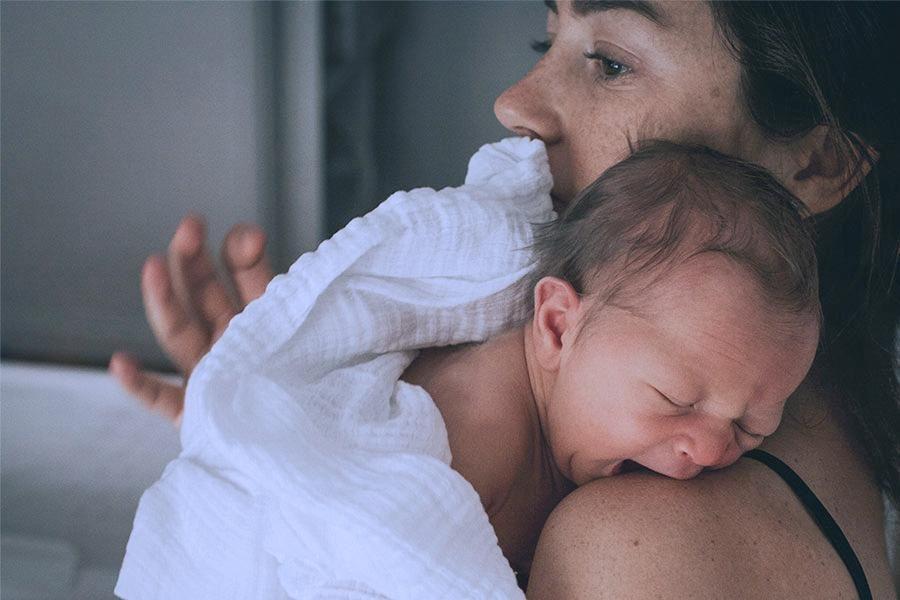No one likes getting a shot. In fact, research shows that a majority of children have a fear of needles…and 10% of adults feel the same way. So, when your toddler whines and whimpers at the mention of a needle at their next doctor’s visit, you can probably relate! But, since avoiding recommended vaccines is not the answer, here are some helpful tips to ease your toddler's needle worries—and yours!
Talk about shots this way.
Before you head to the paediatrician’s office for your toddler’s shots, share with your child what is going to happen, using neutral language. That means, try to steer clear of words like shot, pain, or hurt! Even if you say, 'The shot will not hurt,' your child will only remember the words shot and hurt. Instead, say something like, 'The doctor will give you medicine to help keep you healthy.' Have this conversation about an hour or so before the appointment. You do not want to give your toddler too much time to focus on—and worry about—their fear of getting a shot.
Be honest with your child.
Even though you will want to choose your words carefully, you also do not want to sugarcoat the experience...or lie. If your little one asks if the shot will hurt, try something like, 'You will feel a poke, then it will be done. You will get a bandage afterward.' Or 'You may feel a pinch, but it will be over quick.' At the same time, do not apologise to your child about getting an immunisation. While you may be tempted to say, 'I am so sorry the needle hurts' or 'I am sorry you are scared,' if you apologise, you inadvertently send the message that you are doing something wrong by getting your child vaccinated. Plus, research shows that apologising is actually associated with a child’s needle stress! Instead, keep as calm and positive as you can while being matter of fact.
Channel your inner calm.
Throughout your talk—and when you are at the doctor’s office—you will need to model calmness. After all, calm is contagious in the best way! Well before your child is staring down a needle, teach them how to tap their own calm. In the days or weeks leading up to the vaccination, introduce your child to 'magic breathing.' This is a powerful de-stressor that can help toddlers feel more in control of their fear and anxiety. Sit in a comfy chair and ask your child to do the same, telling them that you are going to do some magic breathing, 'This helps me feel better when I am anxious.' Next, uncross your legs, place your hands in your lap, drop your shoulders, and relax the small muscles around your mouth and eyes. Slowly inhale through your nose (silently count to five) while raising one hand, then exhale through your nose (for another five), letting your hand slowly drop. When you are ready, ask your child to copy you…then lead them through the motions. Do this several times leading up to the doctor’s appointment, so once you are there and ready for the shot, you can practice magic breathing together. (Research shows that when parents offer coping strategies during a shot, it directly correlates to how well a child handles the experience.)
Bring something sweet.
Research has shown that the 5 S’s—swaddling, side/stomach position, shushing, swinging, and sucking—that I first shared in my book The Happiest Baby on the Block—can quickly soothe young babies after an immunisation…and a different S may be able to help bigger kids, too: something sweet! Some research has found that tasting something sweet one to two minutes before getting shot may help reduce a child’s pain response. Sweetness can help release the body’s natural pain-relieving chemicals and act as a distraction.
Offer distractions.
Bring a comfort item, like a cherished lovey or toy that can pull your child’s focus away from the ouch of a needle. A 2021 meta-analysis found that using distraction while a shot was being administered significantly side-stepped needle-related pain and distress in children. Try telling your little one a story, read them a book, play with a stuffed toy or a puppet, or have them watch funny cat videos on your phone! You can also use a little vibration. It is believed that some kinds of sensory stimulation (like vibration) can distract pain signals before they reach the brain. Studies report that vibration can effectively relieve injection-induced pain in over 85% of people. (If your healthcare provider does not have one, consider buying and bringing the vibrating/ice pack combo Buzzy with you as a vaccine helper.)
Find your toddler's comfort position.
Lying down for a shot can make a child feel vulnerable and even more fearful. Instead, let your child sit on your lap. Being close to you will help them feel safe and, according to this article finding most comforting position can actually change how your child’s body processes pain signals. Try having your toddler sit on your lap with both legs to one side. This way you can give a hug that is reassuring and helps keep their arms still at the same time. (Sitting on your lap facing away from you—or toward you—works, too.) If laps are not your toddler’s thing, hug them from behind as they sit on the exam table.
More info on vaccines:


